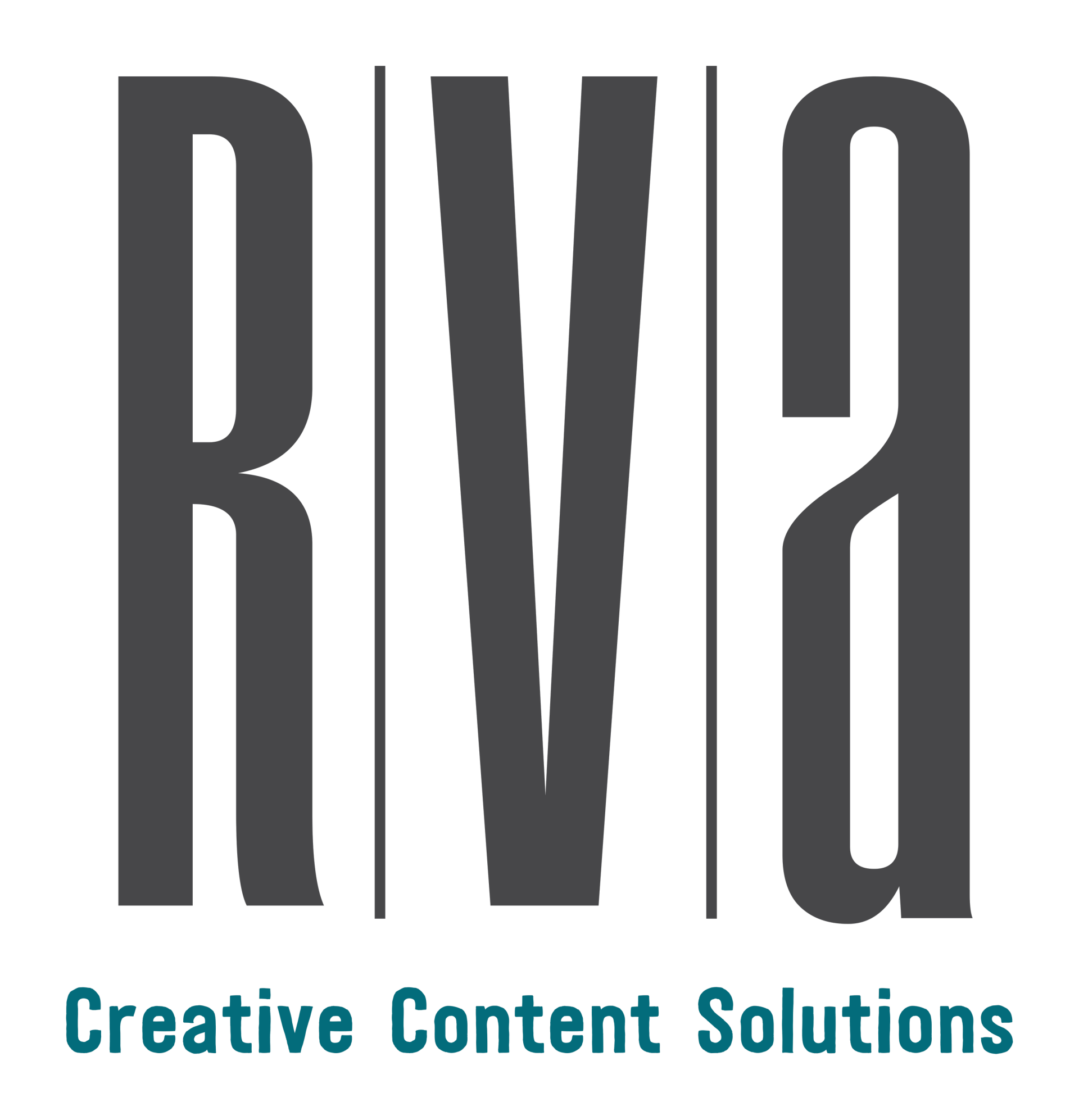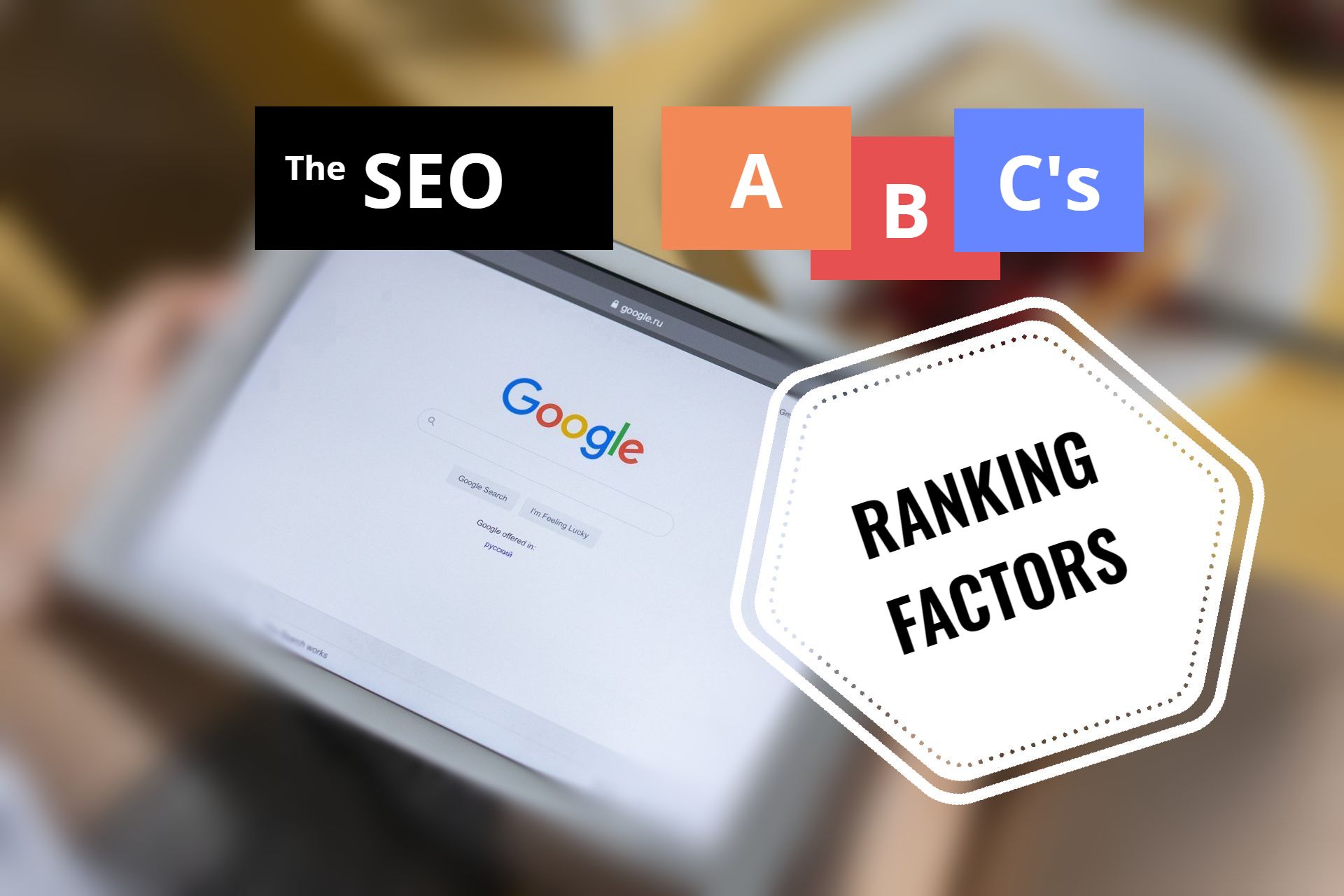
4 Content Governance Tips to Sharpen Your Copywriting Focus
Business couldn’t be better. The company recently credited your marketing team for several quarters of growth. And with a host of exciting campaigns in the works, the trend is expected to continue. In short, the sky’s the limit! Or, it was anyway, until that day when one phone call changed everything. How could this have happened?
The chilling details haunt you, beginning with the firestorm of legal mumbo jumbo. Cease. Desist. Deceptive trade practices. Lanham Act. All you could think was, “This isn’t happening!” until the other voice said, “Pull the marketing, product, and technology teams together, pronto!” And in that instant, you realized the coming weeks would be anything but routine.
Sound familiar, or even remotely possible? Perhaps not. But it can and does happen. And it could all hinge on the choice of a single word or phrase by a well-intentioned copywriter or a seemingly minor proofing oversight. So, to help keep your creative messaging on track, here are four compliance-friendly tips to remember when drafting or editing your next campaign. Let’s get rolling.
Simply the Best
Picture the scene: It’s the modern classic Christmas movie Elf and Buddy, seeing the big city for the first time, is drawn into an otherwise ordinary diner by a neon sign that boasts “The world’s best cup of coffee.” For a marketer, this is a masterful satire of a tactic that's as old as the advertising profession itself. And with good reason – it works!
As most in the industry know, this tactic is known as “puffery.” And in general terms, it’s the art of (legally and harmlessly) overstating a product’s features or capabilities. In this instance, Buddy couldn’t resist the urge to share the news of this good fortune.” Ah, sweet success!
Now, picture this: Your team is preparing to promote an existing product’s newfound uses. Among the selected highlights are a few fundamental performance properties that prior marketing bulletins characterized as “outstanding,” “exceptional,” and “excellent.” But looking to breathe new energy into this product, a decision has been made to spice things up a bit!
Among other innovative upgrades, the team agrees to characterize the highlighted properties as “superior,” with the broad consensus that it’s just another word for “excellent.” So, with no further thought, copywriting begins. But is that the right choice?
Well, in short, that depends! While your product may have a long history of solid performance, this choice may unintendedly transform the old standby product performance claim into something entirely different, and here’s the main reason.
Although often used interchangeably, “superior,” unlike “excellent,” is a comparative term that represents a ranking above all others. When promoting a product as “superior,” those “others” (namely competitors) could interpret the claim as a proclamation that your product performs BETTER THAN ALL OF THEIRS! And, whether your claim of superiority is supportable or not, it could invite a costly challenge.
So, before publishing a claim of superiority, take a moment to contact your compliance team. Together, you can determine the right choice of words for your campaign. And to help get the ball rolling, here are a few questions to ponder:
5 Questions to Ask Before Claiming Product Superiority
- Can the claim be reasonably deemed “puffery”?
- Is it objectively measurable?
- Does your product have known or discoverable competition
- Is there a valid case for a comparative superiority claim?
- Is there supporting data? If so, should the source be directly referenced?
- Are there any qualifications (limits) that need noting?
- Does the claim align with your brand personality?
- Does the claim align with the overall product positioning strategy?
- Has a risk vs. reward analysis been conducted?
- What is the company’s appetite for risk?
While this is far from an authoritative list, the overarching takeaway for copywriters is to be alert to superiority claims (including “Best,” #1, and “Best-in-class”). Making sure in advance that they are deliberate and well-supported can go a long way to avoiding a nasty battle down the road.
Down to Earth
In recent years, environmental and human sustainability has become a growing focus of many companies. As for marketing, alignment with these initiatives offers an excellent opportunity to enhance product differentiation and audience appeal. However, doing so can be tricky, as even a single three-letter word could turn a sustainability campaign into a compliance nightmare. Here’s the low-down.
We’ll begin in the dairy section of a typical market at the coolers lined with cartons of “2% Reduced Fat” milk. Too random? Well, not so long ago, the industry labeled those cartons differently! And here’s what’s interesting about that.
For many years, 2% milk was labeled “2% Low Fat” despite 1990 FDA (Food & Drug Administration) labeling rules under which 2% milk exceeded the allowable fat content for “Low-fat” dairy products. Thanks to industry pressure, milk had been exempted. In the late ’90s, however, the FDA reversed course, and the “2% Reduced Fat” era began.
So, when it comes to 2% milk, it’s pretty straightforward. Retailers are bound to a strictly defined FDA mandate. But what about other products marketed with a “low-something” claim? Is there a related standard that could render the claim false or misleading? Consider this example.
Volatile organic compounds (VOC) garner great attention as demand for safer, eco-responsible products has increased. And with associated products, it’s often presumed that a “Low VOC” designation has ties to a specific standard. But in each case, what does “low” actually signify? Does the product meet C.A.R.B. VOC limits? Other state(s) limits? UK limits? Any limits?
It’s something to consider because the answer could warrant a revision to the claim. So, if you’re preparing to market a product as “low-something,” understand the intent before publishing. For example, is the aim to
A. Differentiate the product from others in the product line,
B. Draw a comparison of the product to a competitor’s offering or
C. Highlight that your product meets or exceeds a relevant standard under which “low” is defined or qualifies for an industry-recognized category/class
If A, be more specific. For example, consider “Our lowest-something in the line.”, “Reduced-something,” or similar. And perhaps include numerical or graphical support for further context.
If B, be prepared to support the claim with credible data! And again, be specific. Examples include “Low-something when compared with [specify]” or “Lower-something than [specify].” But remember, if “low-something” is an industry-defined term for a particular standard, it may be better to steer clear of it to avoid confusion.
Finally, if C is the goal, confirm (via data preferably!) the claim's validity. If known, consider referencing the applicable standard directly in a footnote. Adding the standard’s year/version can help protect the relevancy of your claim should the standard be subsequently revised.
Remember, in sustainability terms, “low” may mean much more than “low.” It may have a defined threshold! And if the intent of your claim doesn’t align with the audience’s expectations, your promotion could compromise brand credibility and company reputation - or worse. So be on the safe side and check with your compliance team!
The Grand Design
Commerce is pretty simple. Customers seek and purchase products that meet their needs. To attract those customers, companies run promotions. And for many products, it’s common (and effective) for promotional content to highlight their uses. But as routine as this messaging may be, one well-intending phrase could result in a gross misstatement. Here’s a way this could easily happen.
Let’s start with a subject near and dear to everyone–bread knives. OK, perhaps not everyone! But to anyone with a few hours logged in a kitchen, a bread knife’s design is pretty easy to pick out of the bunch, right? Likewise, most would credit its design features for the relative ease with which it can slice bread! But, on the other hand, is a bread knife designed for cutting bread?
You may quickly think, “Heck Yes!” and perhaps you’re right. After all, it isn’t all that likely to stir up an argument. But make no mistake. Promoting a product’s use with a “designed for” claim could signal greater assurance than intended, perhaps even for something as “cut and dry” as a bread knife.
Let’s compare two versions of a “product use” statement for a typical intermediate good, beginning with the following language:
“[Our product] is generally used by the [Industry name] to manufacture [Product family].”
One can reasonably conclude that this statement merely echoes an objective observation. And in doing so, the industry is essentially tasked with determining the product’s use, not the maker. Furthermore, this language notably hints at other possible uses for the product. Finally, there’s little, if anything, to suggest a claim that the maker has validated the product’s suitability for the stated use.
Now, check this one out:
“[Our product] is designed for use by the [Industry name] to manufacture [Product family].”
Unlike the prior statement, this language is more indicative of an endorsement. And, presuming the maker is responsible for product design, the endorsement’s author is quite apparent. Moreover, this claim does not explicitly note any observed industry behavior. As a result, the audience has reasonable cause to infer that the manufacturer has:
- Expert knowledge of the “designed for” target application
- Rigorously designed, evaluated, and, where necessary, refined its product to meet the demands of the “end-use environment” and, as such,
- Pre-determined the product's suitability for the “designed for” use
Now that’s a lot of responsibility! And it may be too much for your company to handle, regardless of the claim's intent. And here’s why.
Once your product leaves the warehouse, it’s out of your control! Although manufacturers may be privy to their customers’ basic designs/formulations and general processing methods, they aren’t typically aware of all the factors and dynamics in play. Unfortunately, with a “designed for” claim, that may not be the customer's prevailing assumption.
On the contrary, some could interpret (and rely on) this language as a validating “fitness for use” claim. Based on this reliance, a customer might reasonably deem some evaluative processes unnecessary. Should the end-use application fail because of the promoted product, that “designed for” messaging could potentially be used to hold the manufacturer responsible!
So, approach this type of claim very cautiously. Whether it's a “designed for,” “formulated for,” or similar claim, be sure to run it by a compliance professional ahead of time. Together, you may find other more appropriate and more effective terms.
Oh, and about those bread knives...
Consider the fictional case of a large baking operation buying industrial cutting blades marketed as “Specially designed for all industrial bread cutting operations!” Under full-scale production, however, cutting operations fail, shutting the line down immediately.
Following a root-cause analysis, the blades are deemed unsuited for the cutting speed required for the bread’s distinct texture and processing temperature. Facing several missed delivery deadlines and subsequent order cancellations, the bakery ponders its options for compensation. Food for thought?
Grab a Partner
Relationships are more important than ever in today’s digital age. And there are so many new players in the mix, including bloggers, vloggers, DIYers, and influencers to “team up with” as you vie for the attention of your target audience. In some cases, relationship strategies can make or break a promotional campaign.
It may be launching a cobranding initiative, leveraging influencers to fortify your conversion rate, or working with a manufacturing toller on a killer tradeshow experience. Whatever the relationship, the resulting promotion will likely highlight the alliance. Examples of such a highlight may include:
“Together with our partner ACME ABC Co., we will hold webinars to discuss current industry trends.”
“In collaboration with ACME ABC Co., a demonstration of our product’s molding versatility will be held at Booth 123.”
At a glance, either of these may seem perfectly sensible. But if the term of choice happens to be “partner” (or “partnership”), it may be better to consider other options. And here’s one crucial reason.
In business terms, a “partner” (or "partnership") is a legally defined relationship typically involving a shared financial interest. These interests may include investments, bookkeeping, profits, losses, and debts. Shared as well may be legal liabilities. So, promoting a partner relationship could signal a far more significant connection than intended. And this is where a problem could arise.
Unlike a legal partnership, your company has little to no knowledge of or control over your so-called “partner’s” daily operations and dealings. Despite even reasonable due diligence, there’s often no way to know if legal (or other) trouble is brewing on their end. And if it does boil over, here are a few ways it could potentially impact your business:
- “Guilt by association,” leading to brand erosion
- Fulfillment of document and other discovery-related requests, draining company time and resources
- Defense against direct legal claims, draining company time and resources and exposing the company to financial or other obligations
With these in mind, always run proposed references to a “partner” or “partnership” by your compliance team before publishing. Depending on the situation, they may offer alternative phrases such as “collaborated with” or “collaborative partner.” Or, in the case of influencers and DIYers, “partnered with [entity name] to [specific purpose]” may also be acceptable.
Sometimes, in marketing, ambiguity can be an effective tool. But when it comes to marketing your relationships, transparency may be vital. Being clear about the nature and extent of your marketing relationships can help limit (or avoid) messy entanglements and assure years of delighted audiences and strong brand favorability.
Out of Time
In closing, remember that change is a constant that could, over time, impact your published content. To help address this, it’s a good idea to maintain a rolling calendar of periodic audits. Along with the opportunity to confirm that quantifiable product-related claims remain valid, audits can also allow you to:
- Identify discontinued/rationalized, reformulated, renamed, or repurposed products or services and pull related material from circulation accordingly
- Revise performance claims/value propositions to reflect new studies/testing, a shift in ranking within your product portfolio, or relevant changes to the competitive landscape
Published content is, to a degree, “forever,” but keeping promotional copy up to date will go a long way toward keeping your audience up to speed and happily engaged.
Remember to choose your words wisely and follow your company's content governance protocols. Be ever curious about the features and capabilities of your products, and, as always, have someone proof your copy before publishing.
Happy Marketing!
Like what you read? We'd love for you to share it!




